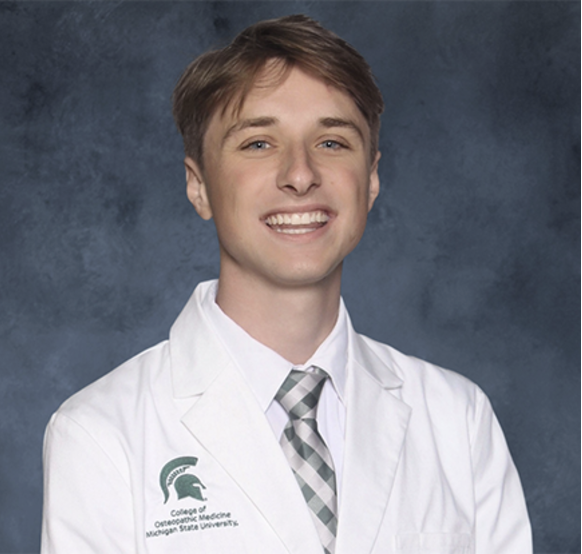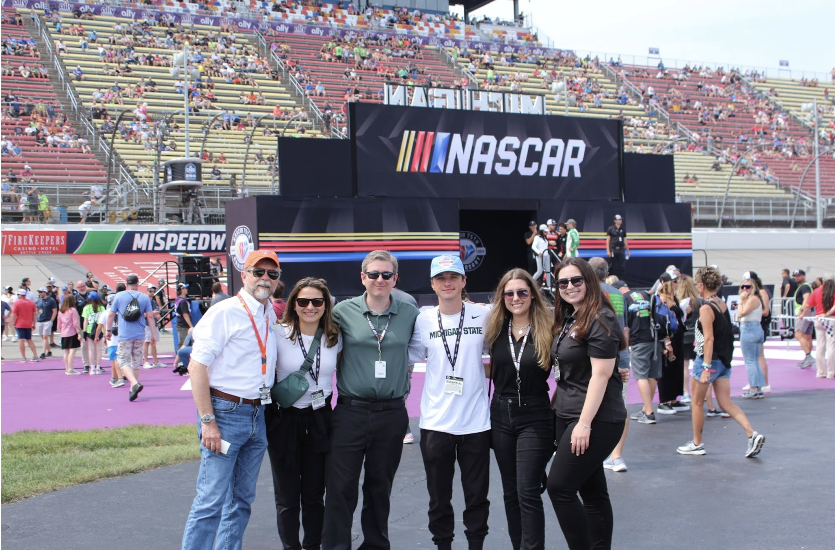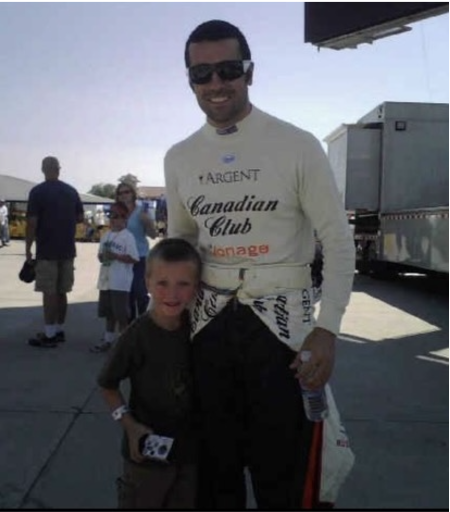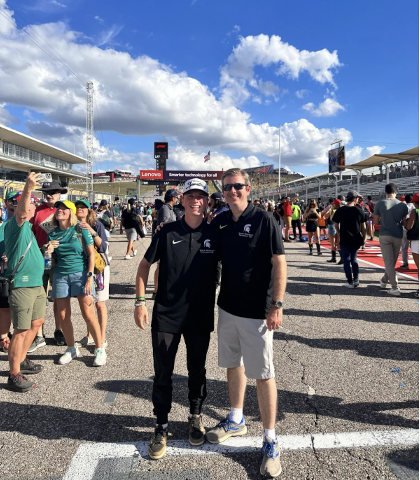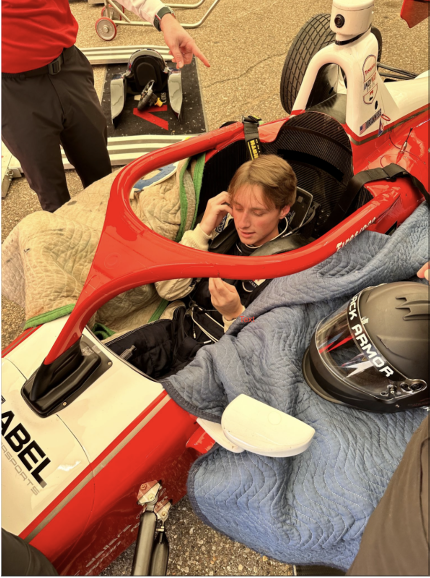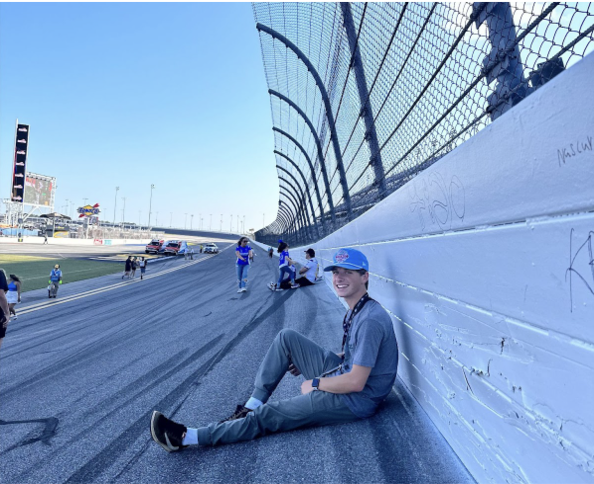Aidan Davis is a first year medical student in Michigan State University's College of Osteopathic Medicine.
For as long as I can remember, racing has been more than just a sport for me; it’s been a passion that has grown alongside my desire to become a doctor. As a first-year student at Michigan State University’s College of Osteopathic Medicine, I’m taking steps to achieve my dream of practicing emergency medicine in metro Detroit while also working as a physician and researcher in the racing industry. By blending my training in osteopathic medicine with my love for motorsports, I hope to enhance drivers' safety and performance on the track while providing critical medical care off it.
Growing up, racing was a constant in my life. My dad, brother, and I would watch the Indianapolis 500 together every year, cheering on our favorite drivers. We would also attend the Detroit Grand Prix on Belle Isle, where the energy of live racing felt palpable. As I started my undergraduate journey in the midst of the COVID-19 pandemic, I found myself spending more time exploring the world of motorsports, immersing myself in its high-speed thrill and precision such as binge watching Netflix’s hit series “Formula 1: Drive to Survive”. This time of reflection helped me see that I wanted to do more than just watch the races; I wanted to contribute meaningfully to the racing world by supporting the health and safety of drivers as a physician.
At Michigan State, I found an invaluable opportunity to pursue this interest through Dr. David Ferguson’s Spartan Motorsport Performance Lab. Working alongside Dr. Ferguson, I’m part of a team that conducts research aimed at improving safety and performance in motorsports. Currently, we have projects in Formula 1, IndyCar, NASCAR, and IMSA that have allowed us to travel to various race tracks around the world.
One of my most memorable experiences was traveling to Austin, Texas for the Formula 1 United States Grand Prix last October with Dr. David Ferguson and the rest of the Spartan Motorsport Performance Lab. But back at the lab in East Lansing, I love developing, training, and planning for future races, projects, and tests. With access to specialized equipment like DEXA scans for body composition, VO2 max testing for endurance, and a lower body negative pressure chamber for g-force tolerance training, we’re able to provide drivers with a comprehensive understanding of their physical capabilities. Developing performance plans that help drivers meet the demands of their sport is not only rewarding—it’s essential to helping them achieve their full potential safely.
Currently, in the lab, One of our primary projects is developing cervical spine immobilization protocols for drivers following a crash. Spinal injuries are a significant concern in motorsports, and safely extracting drivers without further injury is critical. Our lab is exploring new ways to minimize spinal movement during post-crash extractions, using a sensor system to test and measure spinal movement across different extraction methods. This research has the potential to impact safety protocols across the entire automotive industry. We are also putting efforts towards addressing heat stress, another critical concern in racing. Drivers are required to wear helmets and fire-resistant suits, which, combined with the extreme heat of the track, make them susceptible to thermal strain. Collaborating with Formula 1 and IndyCar we're researching cooling garments and hydration strategies to help drivers maintain focus and endurance under extreme conditions.
Our work with the Wayne Taylor Racing team in IMSA has allowed us to study the effects of nutrition and hydration, developing strategies that help drivers perform at their best while minimizing the risk of heat-related exhaustion. It's a rewarding experience to see our research directly enhance driver safety and performance, strengthening my passion for combining medicine with motorsports.
In the long run, I envision myself traveling to races around the country or world as a researcher and physician, providing real-time medical support and continuing our research efforts. Fieldwork in racing settings combines two of my greatest interests: the thrill of motorsports and practicing medicine. Being on-site at races, I would have the opportunity to monitor drivers' health, administer treatments as needed, and gather data to further improve medical protocols in the sport. This dual role is ideal for me, blending medical and athletic performance care with motorsports research in a way that’s both practical and impactful.
Looking ahead, I’m thrilled by the prospect of working in both the emergency room and the racetrack, using my skills to make a meaningful impact in two very different but equally rewarding settings. I’m grateful to MSU for providing me with the resources and support to pursue such a unique path. With the foundation I’m building here, I’m confident that I’m on the right track to make a difference in motorsports and medicine, helping people in need, whether in the fast-paced world of the ER or the high-speed excitement of the racetrack.
